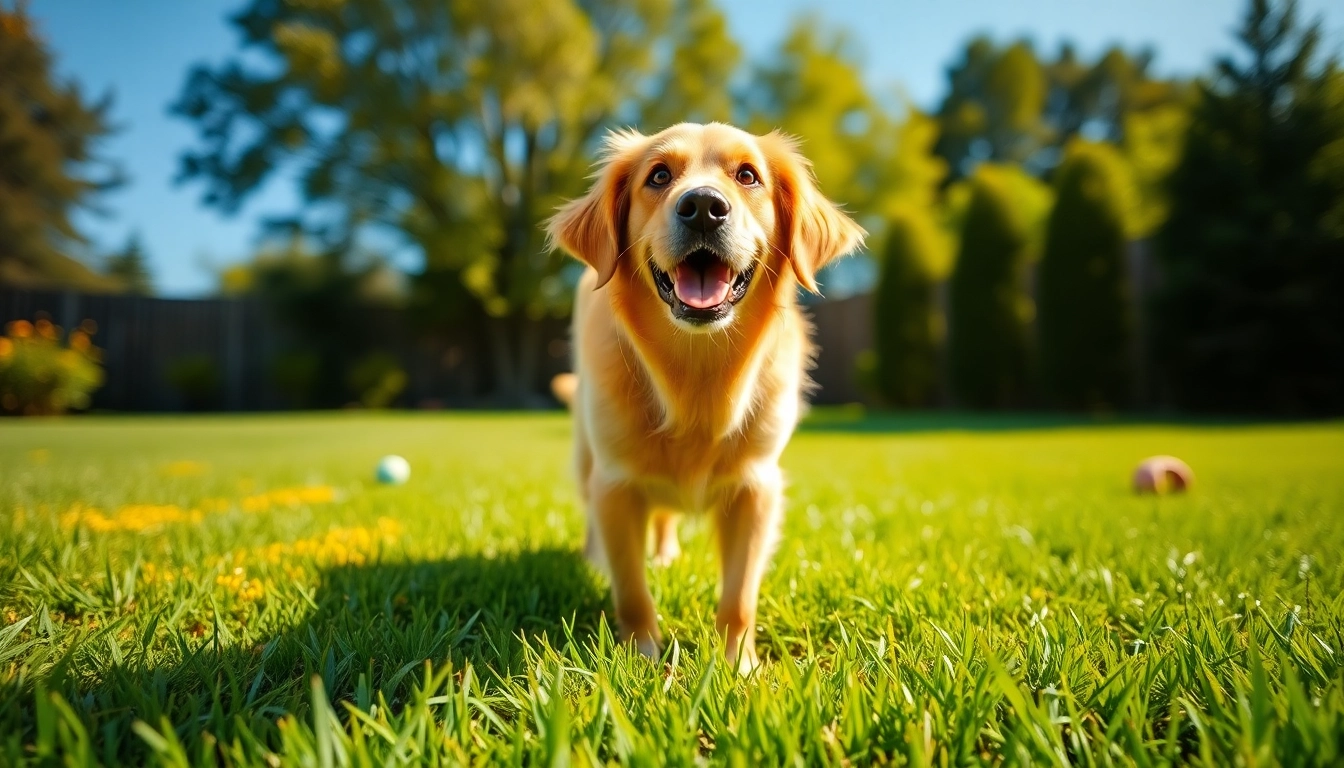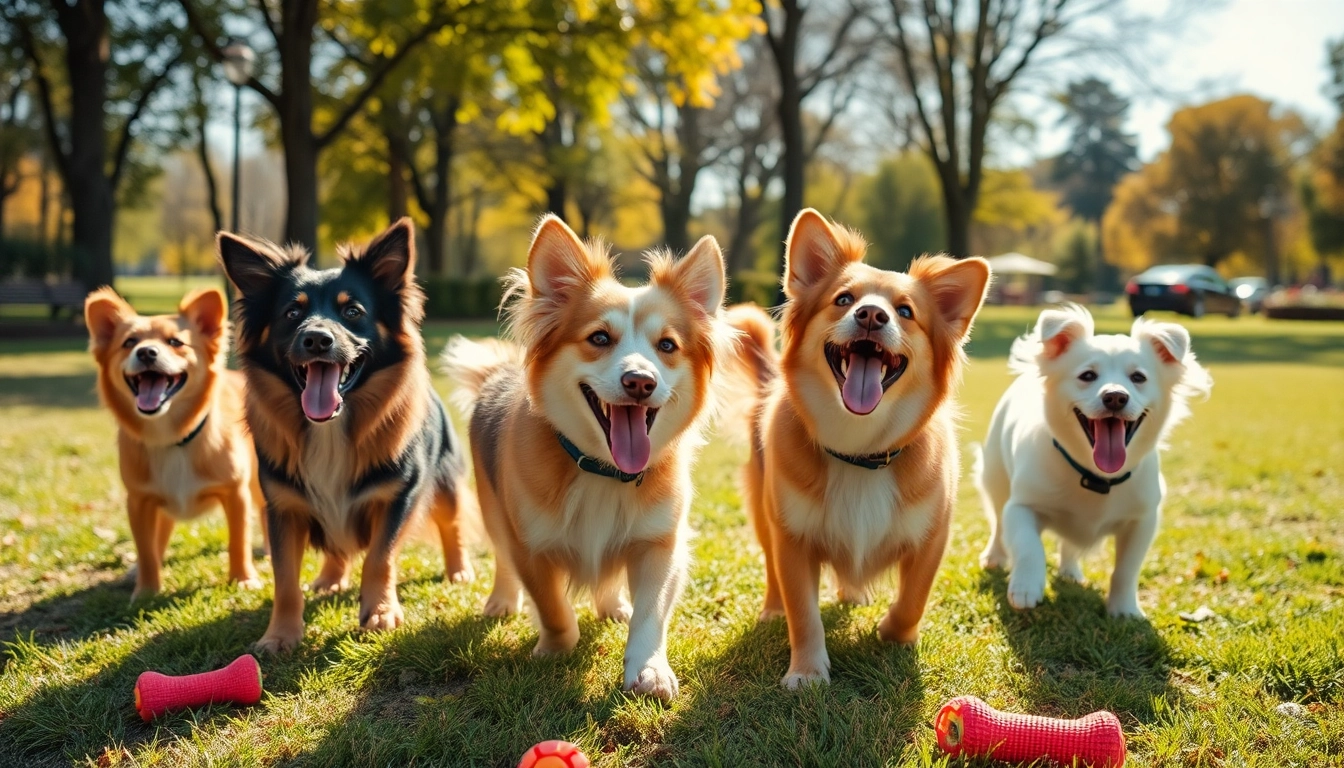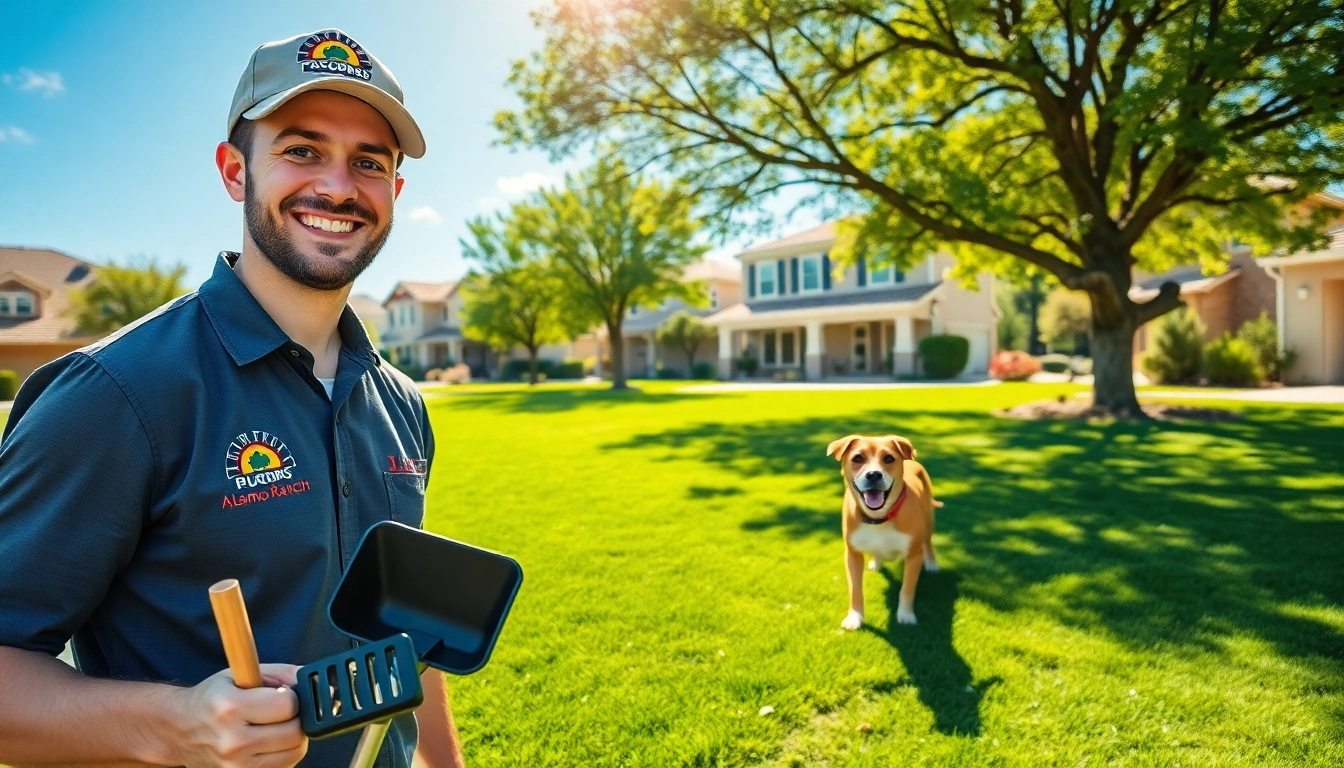For dog owners, one of the most challenging aspects of managing a pet is dealing with the odors that can emanate from their urine. It’s a common struggle, and many pet parents often notice that dogs pee smells bad. The reason behind this odor can be multifaceted, ranging from dietary factors to environmental influences. Understanding these elements and knowing how to address the problems proactively can make a significant difference in maintaining both your dog’s health and your lawn’s appeal.
Understanding Why Dogs Pee Smells Bad
Common Causes of Odor
The smell of dog urine can be attributed to several factors. One primary cause is the presence of urea, which is a waste product formed when the body breaks down protein. As urea breaks down, it can produce ammonia, which is notorious for its strong, unpleasant odor.
In addition to urea, dog urine contains various compounds such as uric acid, creatinine, and other organic materials. The concentration of these substances can vary based on the dog’s health, age, and hydration levels. For instance, a dehydrated dog tends to have more concentrated urine, which will usually result in a more potent smell.
In some instances, specific health conditions can exacerbate smelly urine. Conditions like urinary tract infections, diabetes, and kidney disease can impact urine odor. If you notice a significant change in your dog’s urine smell—especially if accompanied by other symptoms like increased thirst or frequent urination—it’s important to consult a veterinarian.
Impact of Diet on Urine Scent
The diet your dog consumes can significantly influence the smell of their urine. High-protein diets, for example, can lead to stronger odors, primarily due to the higher levels of urea produced. Foods like fish or certain meats can contribute an even more potent scent than standard dog foods.
Moreover, some foods contain additives or artificial ingredients that may not digest well, leading to foul-smelling urine. Foods with a high amount of fillers or low-quality protein sources are often culprits. This shows that the quality of your dog’s diet plays a crucial role in not only their overall health but also the smell of their waste.
How Environment Affects Smell
The environment where your dog relieves itself can also play a role in the smell of urine. For instance, hot and humid conditions can amplify the odor. This is due to increased rates of evaporation, which can lead to more concentrated urine within a short period.
Furthermore, certain terrains and soil types can exacerbate urine smell. Sandy soils, for example, may absorb odors less effectively than clay or loamy soils, thus allowing the smell to linger. Other environmental factors, such as lack of proper drainage in lawn areas, can also encourage bacteria growth, which can lead to more intense odors over time.
Identifying the Problem Areas in Your Lawn
Spotting the Damage
Once you’ve addressed the potential causes of the odor from your dog’s urine, it’s time to examine your lawn for any signs of damage. Dog urine can have detrimental effects on grass and plants due to its high nitrogen content. While nitrogen is essential for plant growth, too much nitrogen can lead to “burn” spots, which appear as brown patches on your lawn.
Look for signs of discoloration in the grass or a difference in growth patterns. Areas where your dog frequently pees may display dead or discolored grass, while adjacent areas may remain lush and healthy. Identifying these problem areas early can help you manage them more effectively.
Assessing Affected Plants and Grass
Different types of plants respond uniquely to dog urine. While some grasses are more resilient and can withstand the effects of a dog’s pee, others may struggle. For example, Kentucky Bluegrass may recover better than fescue varieties, which are often more sensitive to high nitrogen levels.
In addition, consider examining how certain plants in your garden react. Some flowering plants or shrubs may suffer from discoloration or wilting. Understanding your landscape’s unique vulnerabilities can help you choose the right plants and grasses that are more resilient to urine exposure.
Tools for Detecting Odor Sources
To effectively manage the unpleasant smells in your lawn, consider investing in tools that help detect odor sources and assess damage. Commercial odor detection devices can identify ammonia levels, which is a key indicator of pee smells. Additionally, using soil pH testers can provide insights into the health of your lawn and whether the nitrogen levels are balanced.
Simple visual inspections combined with a keen nose can help you identify affected areas. If a spot consistently emits a strong odor, it’s likely impacted by your dog’s urine, providing you with targeted areas to address.
Effective Solutions for Dealing with Dogs Pee Smells Bad
Immediate Cleaning Techniques
When your dog has an accident on your lawn, addressing it promptly can help minimize odors. One effective method is to neutralize the odor using a mixture of vinegar and water. Vinegar can help cut through the ammoniacal smell, providing an immediate solution. Mix one part vinegar with one part water and spray it generously on the affected area.
Alternatively, enzyme-based cleaners are specifically designed to break down organic waste, effectively neutralizing odors. These cleaners target the source of the odor, making them particularly useful for persistent issues.
Long-Term Lawn Care Strategies
Long-term care strategies can help maintain your lawn’s health while addressing urine odors. One approach involves regular lawn maintenance practices, such as aeration, which promotes better drainage and nutrient distribution. Aerated lawns are less susceptible to damage from dog urine.
Additionally, overseeding with resistant grass types can help rejuvenate damaged areas and prevent the recurrence of problems. Introducing plants that naturally counteract the effects of nitrogen (for example, clover) may also create a more balanced environment for your dog and your lawn.
Choosing the Right Grass Varieties
Selecting appropriate grass types can make a significant difference in how your lawn copes with dog urine. Some varieties are known for their high tolerance to pet waste, such as Bermuda grass and perennial ryegrass. Before planting or reseeding your lawn, consider conducting research into which types are best for your region and your specific environmental conditions.
Furthermore, incorporating resistant ground cover plants can reduce the impact of your dog’s urine on the overall landscape. Ground covers like creeping thyme or clover may be more resilient while still providing aesthetic value.
Preventive Measures to Minimize Smells from Dogs Pee
Training Tips to Limit Pee Spots
Training your dog to relieve itself in specific areas can significantly reduce odor problems. Consider using commands to direct your dog to designated pee spots, preferably areas that can withstand the impact of concentrated nitrogen. Consistent training will help instill this behavior, minimizing the risk of damage across your lawn.
Positive reinforcement techniques can also encourage your dog to use these designated spots, ensuring both convenience and cleanliness in your yard. Rewarding your pet after directing them to the right area can create a positive association with that space.
Creating Designated Areas for Bathroom Breaks
Establishing a dedicated bathroom area in your yard can drastically decrease the smell and damage caused by your dog’s urine. Designated areas can be created with the use of specific ground covers or even gravel. These spaces can be strategically placed away from high-traffic lawn areas and should be easy for your dog to access.
Using potted plants or dog-friendly garden beds in these designated sections can also help maintain a more organized and pleasant environment in your yard. Furthermore, consistently guiding your dog to these areas fosters a healthier lawn overall.
Use of Natural Remedies and Products
For a more eco-friendly approach, many natural remedies can be employed to reduce dog urine odor in your yard. Baking soda is a well-known odor absorber and can be sprinkled lightly over problem areas. After a rain or watering, let the area dry, and the baking soda will help neutralize unpleasant smells.
Additionally, using mixtures with beneficial microbes such as compost tea can improve soil quality while breaking down harmful compounds in the urine. These natural remedies promote soil health and help mitigate the odor at the same time.
When to Seek Professional Help for Lawn Odors
Identifying Persistent Issues
If you’ve tried various methods to manage dog urine smells but continue to experience unpleasant odors or lawn damage, it may be time to seek professional help. Persistent issues can signal underlying problems in the soil or lawn care practices that need expert evaluation.
Health concerns for your dog can also present themselves through persistent smells. If you notice that strong odors coincide with behavioral changes or physical symptoms in your dog, it’s crucial to consult a veterinarian for thorough insights.
Consulting Turf Management Experts
Hiring a turf management expert can provide tailored solutions for your lawn. Professionals can evaluate the specific needs of your yard, recommend appropriate grass varieties, and implement maintenance strategies to effectively combat the odors and protect your investment.
Expert guidance can also help recognize when the problem is more than just dog urine, ensuring that your lawn remains healthy and odors are adequately mitigated.
Evaluating Lawn Care Services
If DIY methods and expert advice do not yield results, consider engaging professional lawn care services. Comprehensive lawn care programs can help restore your lawn’s health and minimize odor issues over time. These services often include regular monitoring, deep treatments, and tailored fertilization plans that cater to your lawn’s unique challenges.
Before committing, evaluate potential lawn care providers by checking reviews, asking for references, and discussing their experience with pet-friendly practices.



